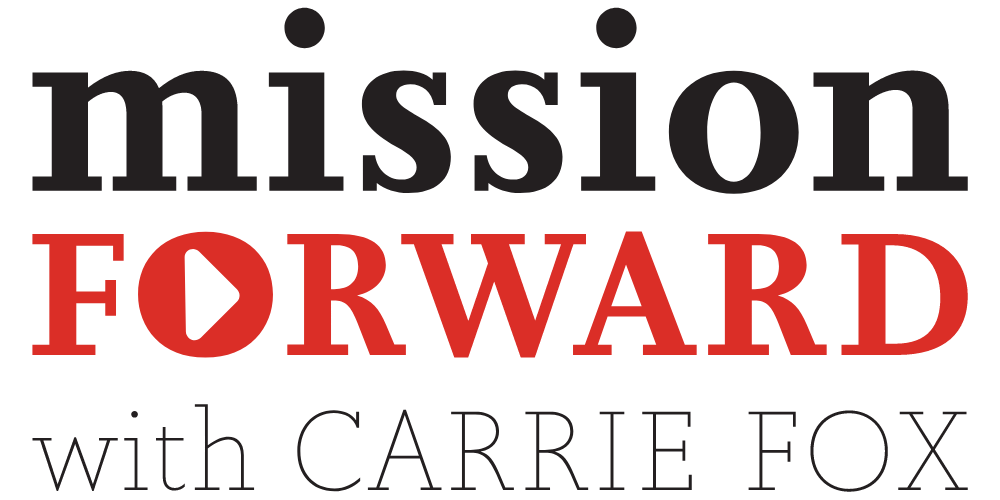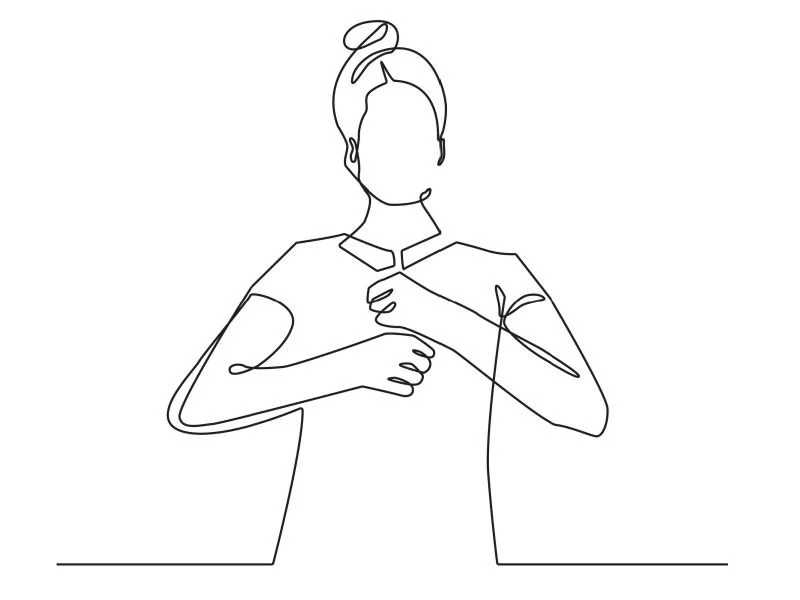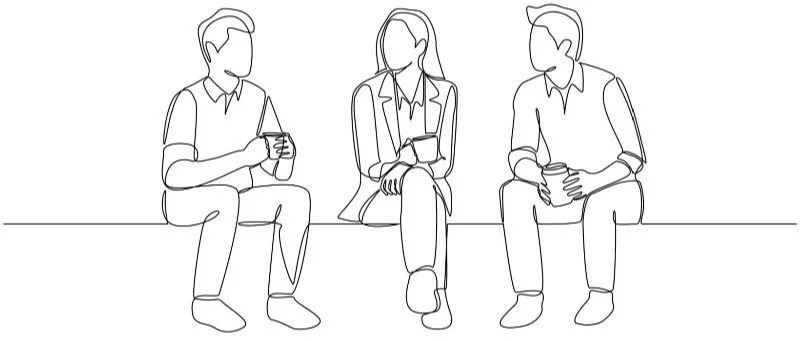Empathy over Ego.
This article is part of Finding the Words, a newsletter that delivers practical insights on the day’s issues.
Last weekend, I witnessed empathy at its most beautiful.
For the past several weeks, my colleague Sadie Lockhart and I have been supporting a neighborhood organization as they prepared to host a critical community conversation on the topic of dementia. As Saturday morning arrived, so too did family members, nonprofit directors, and community leaders.
They gathered despite heavy rain to deepen their personal understanding of the disease and engage in dialogue about the shared experience of caring for someone living with dementia, a disease that affects 1 in 10 people over the age of 65, and that develops in someone new every 65 seconds.
The conversation, as we expected, was emotional. We underestimated, however, how deeply engaged participants would be in this experience.
As we moved from a formal program to breakout groups, we saw people lean into the vulnerability of their experiences. We saw people physically and emotionally support one another, and we saw once again how much benefit there is—for everyone involved—when we practice empathy in communication.
At one point in the discussion, I pulled back from my facilitator role and simply watched this room of people who had shown up, with egos aside, in service of one another. Here before me was a beautiful gathering of people who were committed to understanding each other’s circumstances better so that they could each build more empathetic practices in their own communities.
If only this level of empathy could be transferred to more conversations, where empathy can often be sidelined by ego.
I say this with love: on any given day, you will meet someone who is experiencing something more difficult than you can imagine. And you will go through most days not knowing anything about it, sometimes more focused on what is happening in your life than the person beside you.
So, how do we acknowledge or communicate this truth? And how do we practice empathy if we don’t always see or recognize the need to do so?
Short answer, make empathy a daily practice. We don’t need to share or understand each other’s personal or private concerns to practice empathy. But we can be aware of how our neighbors and colleagues feel and check in when they seem overwhelmed, distracted, or distant. To help you along, I’m sharing five of my favorite strategies for building empathetic communications into your daily routine, inspired in part by the teachings of Roman Krznaric and the Greater Good Science Center at UC Berkley.
Focus on the Face. Facial expressions communicate a lot about a person’s emotional state. If you notice that someone seems more distracted than usual, is making less eye contact, or is looking away from you more than they’re looking at you, they may have something much more pressing on their mind. This Emotional Intelligence Quiz can help you gauge your ability to read other people’s expressions, and it can be used to practice and improve your emotion recognition skills.
Look for Commonalities. Approach your day knowing that you have at least one thing in common with every single person with whom you interact during your day. Then, look for those sources of commonality and shared experience. Maybe you’re both fans of the same sport, or you both know what it’s like to lose a loved one. Seeing your Shared Identity can help you connect more deeply with your colleagues and naturally promote empathy and cooperation in the workplace.
Give Your Full Attention. Make each person that you meet with today your sole focus. Multitasking, while a great skill, is not appropriate when communicating empathically. Instead, practice active listening. Tune into what your conversation partner is saying without interruption. Pay careful attention to their body language and facial expressions and periodically repeat what you’re hearing to ensure you are understanding them accurately and to help them feel seen and heard in the conversation. The real test of active listening: next time you’re in a conversation, focus on the color of your conversation partner’s eyes. Tune in to them fully, and you’ll likely find that you will hear them better than you have in the past.
Understand vs. Defend. The person with whom you’re speaking likely isn’t expecting (or wanting) you to have the answer, nor do they want to be judged or evaluated on the information they share. Rather than jumping to a statement like “I think you’re taking this the wrong way…” or “You’re taking this too seriously…,” just listen. Avoid the urge to have “the right answer.” And if a colleague has difficult information to share with you, then give them the time and space to share without jumping to your own defense. It is far more effective to let someone explain what is bothering them and then to calmly enter the conversation without rushing to give your perspective.
Share in Other People’s Joy. Empathy is not just about commiserating; it can also be experienced in response to positive emotions such as happiness and pride. If you hear someone sharing good news or celebrating a special moment at work, don’t just let this moment pass by. Express your enthusiasm for their good news and take a moment to share in their joy. Moments like this take mere seconds, and they are immensely important for the well-being of a relationship.
Bottom line: Life is hard, and there will always be more to people’s stories than they let on. Start every day from a place of compassion and a commitment to lead with empathy over ego. In taking the time to understand and practice empathy, you may find that people take the time to understand you better, too.
This post is part of the Finding The Words column, a series published every Wednesday that delivers a dose of communication insights direct to your inbox. If you like what you read, we hope you’ll subscribe to ensure you receive this each week.







